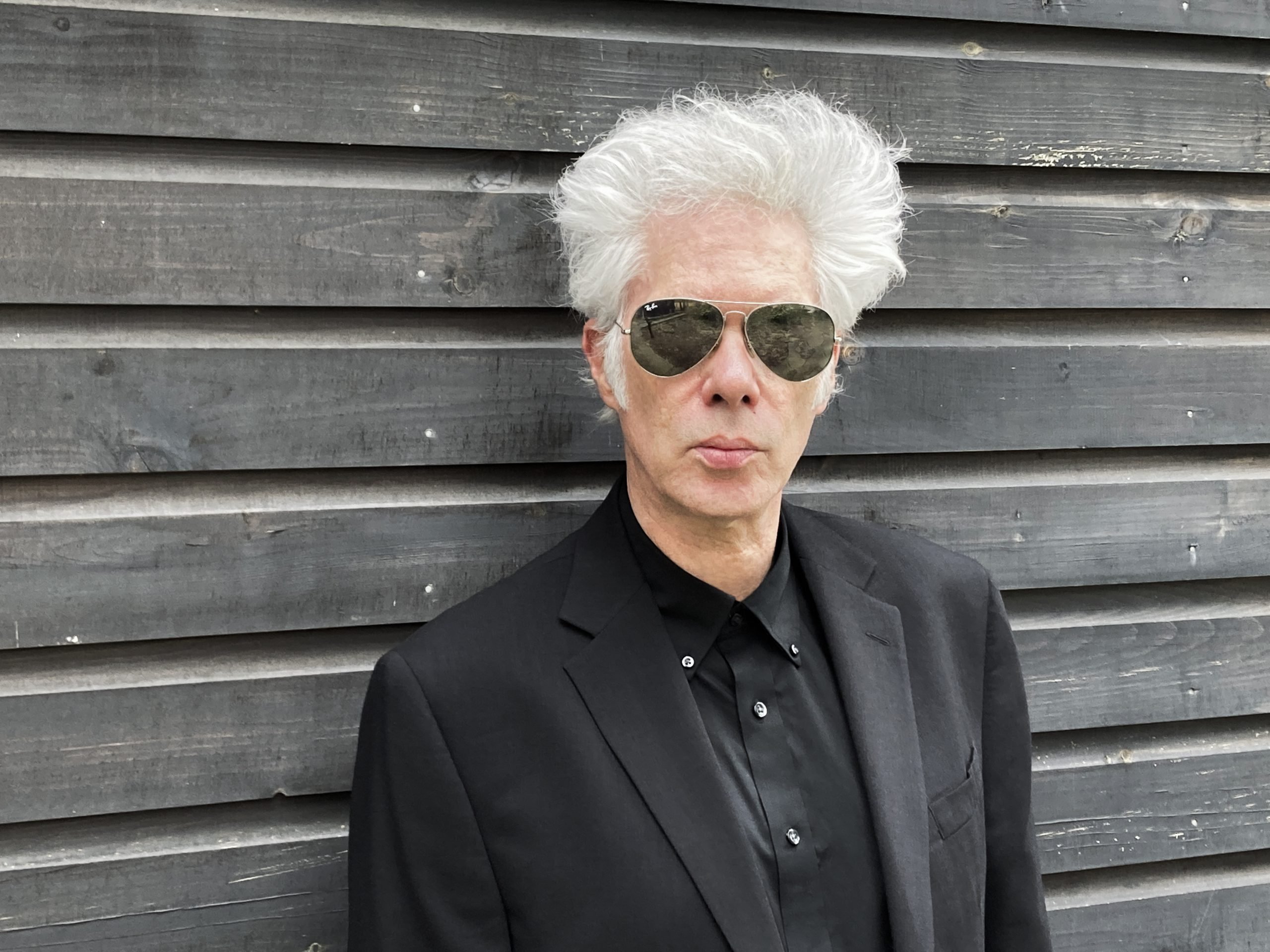
Jim Jarmusch has always had the wit of a minimalist. With their long shots and meandering scenes where not much happens, his films—Mystery Train (1989), Stranger Than Paradise (1984), Dead Man (1995), and so on—don’t build so much as coalesce.
The same could be said of Jarmusch’s collages, the subject of his first monograph, laconically titled Some Collages. It arrives this week alongside an exhibition at James Fuentes in New York.
Compiled from spare newspaper clippings pasted atop wan sheets of notebook-sized cardstock, the individual collages—most of which have never been shown before—are rarely remarkable in their own right. Here meaning comes with the build-up of a critical mass: the sum is greater than the whole of its parts.
The filmmaker has quietly been making these little works of art for over two decades now, which is mildly surprising, and definitely impressive, given the consistency of the visual language throughout. They’re all riffs on a similar theme: newsprint pictures of notable figures with their faces replaced, rather roughly, with objects, animals, or photos of other people.
In one, a doll’s head sits on the shoulders of a suited man brunching in front of Tiffany’s, for instance. In another, a dog’s noggin tops the body of a painted nude woman.
Some Collages by Jim Jarmusch. Courtesy of Anthology Editions.
Other times, text takes the spot. Filling the space left by the Pope’s missing face, for example, is a snippet of an article about Auschwitz. Occasionally, characters are left without a transplant at all, decapitated.
Dada photomontage is a reference point for Jarmusch’s creations, as are the Exquisite Corpses of the Surrealists. As with those antecedent examples, his artworks tend to strike a balance between quirk and creep, strange and cool. Jarmusch—also an accomplished ambient musician—has always been a master of “vibe.”
But altogether, the filmmaker’s artworks offer up something else, too: a trippy love letter to newspapers, perhaps—that dying medium which itself has always been a crude form of collage.
See more of Jarmusch’s work below.
© Jim Jarmusch. Courtesy of Anthology Editions.
© Jim Jarmusch. Courtesy of Anthology Editions.
© Jim Jarmusch. Courtesy of Anthology Editions.
© Jim Jarmusch. Courtesy of Anthology Editions.
© Jim Jarmusch. Courtesy of Anthology Editions.
© Jim Jarmusch. Courtesy of Anthology Editions.